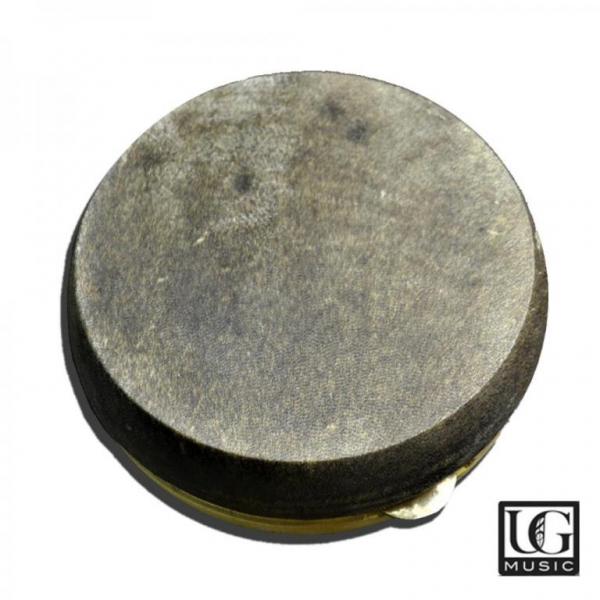- May 30 May, 2017
- KANJIRA Implements of Sound
The Kanjira is a small drum that makes a big impact. Mostly used in South Indian percussion, the Kanjira or Khanjira or Ganjira was initially used in South Indian folk percussion. Traditionally the Kanjira was used as a temple instrument, as a single frame drum. It was eventually modified with the single pair of jingles. It was brought into the classical genre as a "upa-pakka-vadyam" or an instrument of accompaniment. The kanjira was earlier made from Monitor Lizard skin but has now been modified with Goat skin.
The kanjira is a relatively difficult Indian drum to play, especially in South Indian Carnatic music, for reasons including the complexity of the percussion patterns used in Indian music. It is normally played with the palm and fingers of the right hand, while the left hand supports the drum. The fingertips of the left hand can be used to bend the pitch by applying pressure near the outer rim. It is not tuned to any particular pitch, unlike the mridangam or the ghatam.
Normally, it has a very high pitched sound. To get a good bass sound, the performer reduces the tension of the drumhead by sprinkling water on the inside of the instrument. This process may have to be repeated during a concert to maintain a good sound. However, if the instrument is too moist, it will have a dead tone, requiring 5–10 minutes to dry. Tone is also affected by external temperature and moisture conditions. Performers typically carry a couple of kanjiras so that they can keep at least one in perfectly tuned condition at any given time.
To get your concert quality Kanjira, visit us here
sources : wikipedia











